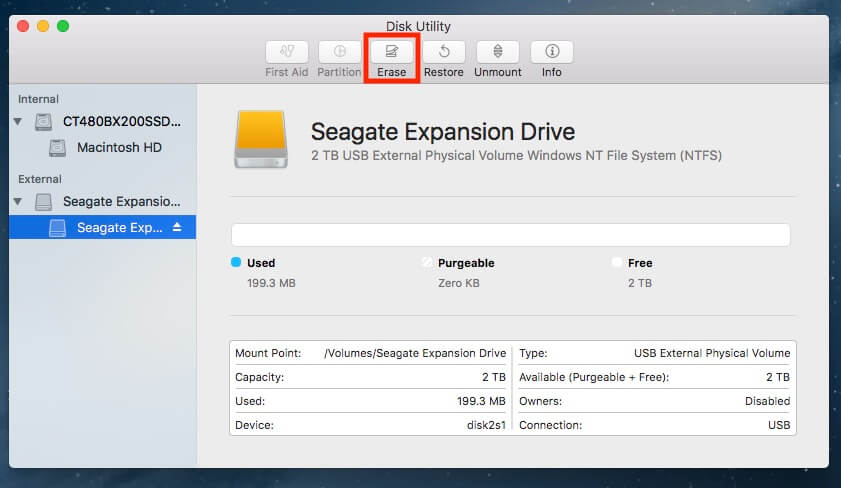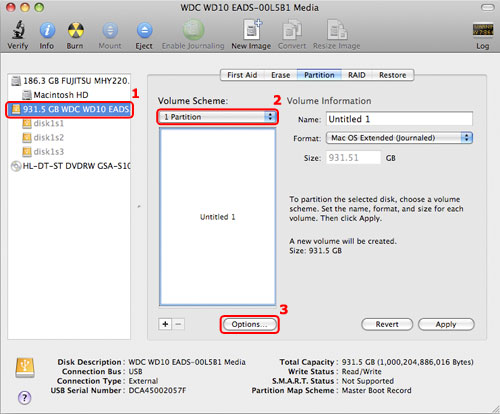

A disk with a traditional partition table can only have up to four partitions. When partitioning, you’ll need to be aware of the difference between primary, extended, and logical partitions. RELATED: Why Do Hard Drives Show the Wrong Capacity in Windows? Primary, Extended, and Logical Partitions You can set up partitions however you like with Linux, giving different system directories their own partition. The swap partition is formatted with a different file system. For example, Linux systems have a swap partition that functions like the page file on Windows. Linux systems are generally set up with multiple partitions. If you want to install Linux on your Windows computer, you can install it to the same hard drive - the Linux system will be installed to one or more separate partitions so Windows and Linux won’t interfere with each other. When you reinstall Windows, you can wipe your system drive and leave your data partition intact. Some Windows geeks love creating a separate partition for their personal data files. If the recovery files were stored on the main system partition, it would be easier for them to be deleted, infected, or corrupted. The recovery partition is normally hidden so you can’t access it from Windows and mess it up. When you restore Windows, the files from this partition are copied to the main partition. For example, many Windows computers come with a separate recovery partition where the files you need to restore your Windows operating system to its factory default settings are stored.

Each partition can be isolated from the others and even have a different file system.

However, you may want multiple partitions for other reasons. If you have multiple partitions, multiple different drives would appear when you plugged your USB drive into your computer. You probably don’t want multiple partitions on your USB flash drive - a single partition will allow you to treat the USB drive as a single unit. Why You Can Make Multiple Partitions and When You Might Want To Files are then written to that file system on the partition.

After creating a partition, the partition is formatted with a file system - like the NTFS file system on Windows drives, FAT32 file system for removable drives, HFS+ file system on Mac computers, or the ext4 file system on Linux.


 0 kommentar(er)
0 kommentar(er)
